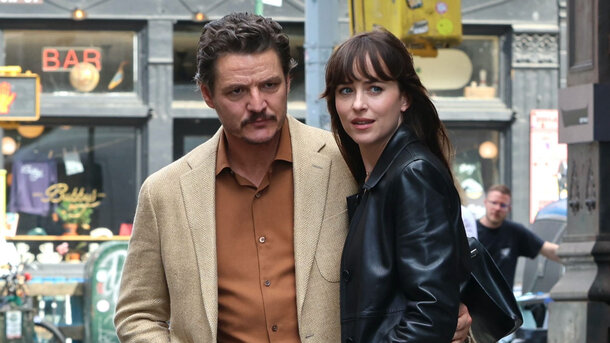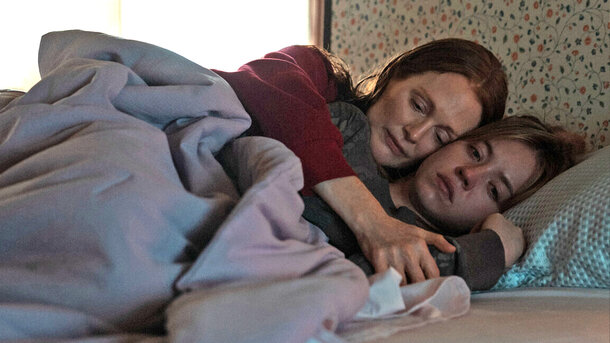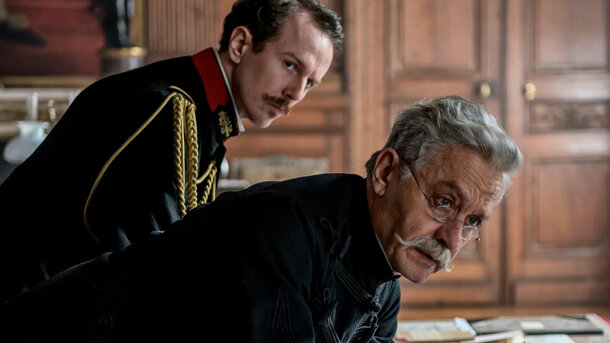I didn’t expect to feel unsettled walking into an animated film about Van Gogh. Captivated, sure. Moved, maybe. But Loving Vincent isn’t a biopic — it’s a mystery drenched in paint. And trust me, it’s the kind of cinematic experience where your heart doesn’t just beat—it echoes like a brush tap against canvas.
A Murder Mystery Inside a Masterpiece
Set a year after Vincent van Gogh’s death, the story follows Armand Roulin (Douglas Booth), the troubled son of Van Gogh’s postman, tasked with delivering a letter from Vincent to his brother Theo. What begins as a simple errand turns into a labyrinthine investigation — was it really suicide, or something darker?
We meet people from Vincent’s final days: the guarded Marguerite Gachet (Saoirse Ronan), the enigmatic Boatman (Aidan Turner), the guilt-ridden Dr. Gachet (Jerome Flynn). Each holds a version of the truth, coloured by grief, pride, and regret. Much like Van Gogh’s art — beautiful, yes, but hiding sharp, emotional edges.
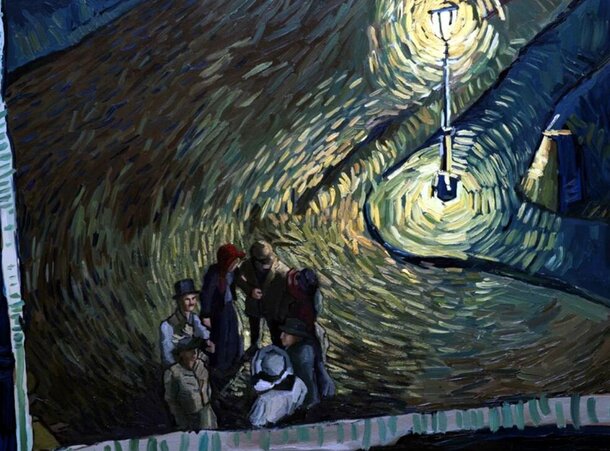
A Director’s Vision That Bleeds into Canvas
The real magic lies in how this story is told. Co-directors Hugh Welchman and Dorota Kobiela didn’t just animate a film — they brought a museum to life. Over 100 artists hand-painted more than 65,000 frames in the style of Van Gogh. The result? A constantly moving oil painting that flickers and breathes. Kobiela, a Polish filmmaker and painter, originally conceived this as a short film. Her vision was deeply personal — she wanted to show that Van Gogh wasn’t just a tortured genius, but also deeply empathetic. That tenderness is present in every smeared cloud and trembling sunflower.
The Voices Beneath the Brush
Douglas Booth anchors the film with a quietly evolving performance. As Armand peels back each layer of the painter’s life, his cynicism melts into empathy. Jerome Flynn as Dr. Gachet delivers a standout voice performance, full of suppressed guilt and complexity. And Robert Gulaczyk, a real-life Polish stage actor and painter, makes a surprisingly haunting Van Gogh, even in silence.
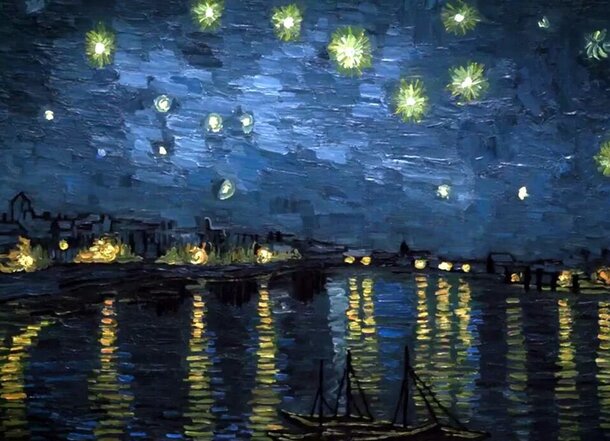
Painted Shadows and Sonic Whispers
Visually, the film is extraordinary. Familiar Van Gogh works are transformed into story settings — The Starry Night sky over Arles, the Yellow House, even Wheatfield with Crows becomes a crime scene. Clint Mansell’s subtle score creeps in like a breeze through an open shutter. You don’t hear it — you feel it.
Audience Reactions: USA vs. UK
In the UK, audiences were particularly drawn to the film’s artistry and emotional restraint—appreciating it as both a cinematic and fine art achievement. It received widespread acclaim in British publications, often praised for reviving a national museum darling through a novel format. In the US, reactions skewed more toward the tragic-mystery narrative, with viewers captivated by the whodunnit and the technical wizardry. Some found the pacing slow, but art enthusiasts adored it.
Final Verdict
If you’re after a traditional animated film or a clear-cut biography, Loving Vincent might feel like staring at a storm too long—it’ll stir something deep and not quite nameable. But if you love art, if you’ve ever stood before a painting and wondered what stories it might whisper, this film will move you in ways few others dare.
It’s not just about how Vincent died. It’s about how he lived — and how his art continues to breathe, even after the brush has dropped.




